-
About
- About Listly
- Community & Support
- Howto
- Chrome Extension
- Bookmarklet
- WordPress Plugin
- Listly Premium
- Privacy
- Terms
- DMCA Copyright
- © 2010-2025 Boomy Labs

 Ted Ollikkala
Ted Ollikkala
Listly by Ted Ollikkala
The shift from 20th Century to 21st Century learning. These articles suggest practical pedagogical strategies for your Active Learning class.
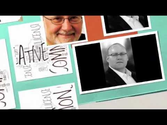
Explore how other e-Learning professionals engage students in active learning. Explore more ideas at Teaching in the 21st Century http://www.udemy.com/teaching-in-the-21st-century/.

The rapidly growing online education industry faces a number of hurdles, like the fact that most students do not complete online courses with about 90% of courses remaining incomplete. We know what the problem is: courses are too long! It is true that traditional online courses provide vast amounts of knowledge.

Learn about what active learning is and how to achieve it. This post provides five active learning techniques: just-in-time teaching, listening teams, structured sharing, students as teachers, and team quizzes. Active learning is a very popular topic in educational literature, and we encourage it as a means to improve teaching and learning in the classroom.

This paper discusses the content, pedagogy and efficacy of the Engineering Mathematics module in relation to student motivation, engagement and attainment over a three year period. It is shown that such an approach is successful in this regard.
Charles D McCartan
Tony McNally
J Paul Hermon
School of Mechanical & Aerospace Engineering
Queen‟s University Belfast
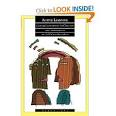
The incorporation of active learning strategies into the daily routine of classroom instruction can, and
should, be done. To help in this pursuit, this workshop will engage participants in specific, practical
teaching strategies designed to model the use of active learning in the classroom.
Charles C. Bonwell, Ph.D.
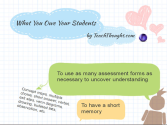

Self-Directed Learning is not new. Studied in terms of adult education and vocation for years, self-directed learning is increasing in popularity for a variety of reasons, including growing dissatisfaction with public schooling, and the rich formal and informal learning materials available online. This is the "age of information" after all.
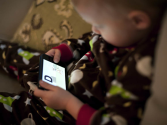
So I'm trying to better understand how people learn-not now they're taught in terms of teaching strategies, but more so learning strategies-only not really strategies. Learning actions, or cognitive actions. Self-directed and social learning will undoubtedly be at the core of any sort of future learning-both near and far future.

Communal Constructivist Theory (Sandbox Learning)
MARILYN LEASK, SARAH YOUNIE
This article explores communal constructivism as a unifying
theory that encapsulates the ways in which information and communications
technology (ICT) enables learners to collaboratively create knowledge.
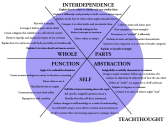
At the end of the day, teaching is about learning , and learning is about understanding. And as technology evolves to empower more diverse and flexible assessments forms, constantly improving our sense of what understanding looks like-during mobile learning, during project-based learning, and in a flipped classroom-can not only improve learning outcomes, but just might be the secret to providing personalized learning for every learner.

Blended Learning is not so much an innovation as it is a natural by-product of the digital domain creeping into physical boundaries. As digital and social media become more and more prevalent in the life of learners, it was only a matter of time before learning became "blended" by necessity.
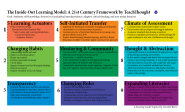
As a follow-up to our 9 Characteristics of 21st Century Learning we developed in 2009, we have developed an updated framework, The Inside-Out Learning Model. The goal of the model is simple enough-not pure academic proficiency, but instead authentic self-knowledge, diverse local and global interdependence, adaptive critical thinking, and adaptive media literacy.
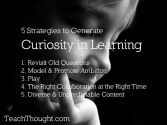
Understanding where curiosity comes from is the holy grail of education. Education, of course, is different than learning. Education implies a formal, systematic, and strategic intent to cause learning. In this case, content to be learned is identified, learning experiences are planned, learning results are assessed, and data from said assessments play some role in the planning of new learning experiences.
